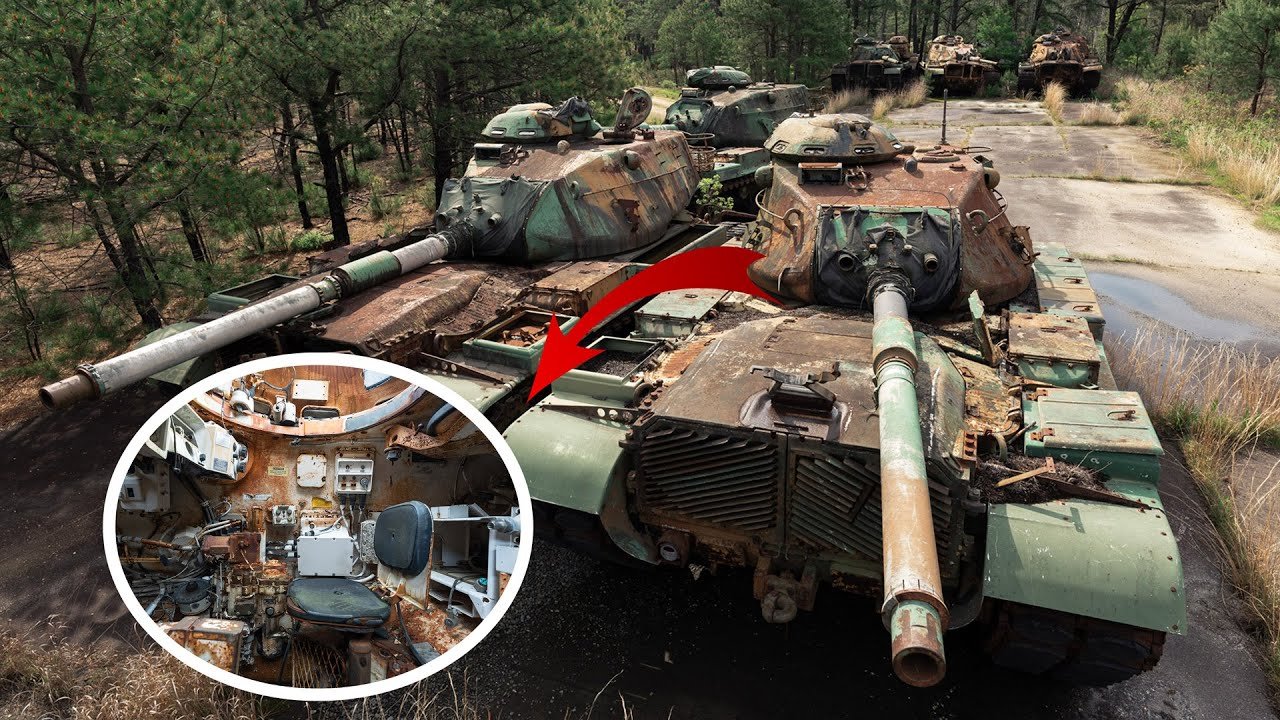If you’ve stumbled upon Error Code 526, don’t fret! It’s just a little road bump on the digital highway, usually pointing to SSL handshake failures between Cloudflare and your origin server. Understanding it can help you get your site roaring back to life in no time.

Pontos principais:
- Error Code 526 Explained: It indicates a failed SSL handshake, which means your website’s secure connection isn’t quite vibin’ with Cloudflare.
- Common Causes: Misconfigured SSL settings, expired certificates, and a whole lot of Internet gremlins can lead to this error.
- Fix and Prevent: Identify the problem quickly, repair the SSL issues, and take preventative steps to keep it from happening again.
What is Error Code 526?
Error Code 526 is a bit of a troublemaker that pops up when the SSL handshake fails between Cloudflare and your origin server. Think of it as your website trying to shake hands, but the other party is a little too shy or confused to respond. This creates a barrier, making it harder for folks to access your site. It’s like showing up to a party, ready to mingle, but getting stuck outside!

Common Causes of Error Code 526
You might be wondering, “What in the world could cause such a ruckus?” Often, it’s tied to a few common culprits:

- Misconfigured SSL settings: Sometimes, the settings just need a little tweaking, like adjusting a wobbly table so that it’s level.
- Expired SSL Certificates: Imagine showing up to a potluck with last year’s fruitcake—it’s just not going to win any awards!
- Server Configuration Errors: Occasionally, a little mistake in the server settings can lead to a big mess.
How to Diagnose Error Code 526
Now that we’re knee-deep in the muck, diagnosing this error can feel like searching for a needle in a haystack. Fear not! It’s all about checking the basics:
- First, check your certificate status. You can do this by visiting sites that track SSL certificates.
- Next, evaluate the SSL settings and configurations on your origin server. Sometimes, you just need to poke around a little!
- Finally, if all else fails, look through logs to uncover any hidden gremlins that are causing issues.
Importance of SSL Certificates
So, why all the fuss with SSL certificates, anyway? Well, they’re like a passport for your website—just a necessary piece of ID to let users enter the wonderful world of your online space. Without them, it’s like trying to cross a bridge with no rails—dangerous and not how you want your visitors to feel!

Steps to Fix Error Code 526
Alright, let’s say you’ve found the pesky issue at hand! Here’s how I’d tackle the situation:

- First, renew your SSL certificate. If it’s expired, it’s time for an upgrade, much like getting a new cell phone!
- Next, reconfigure your server settings. Sometimes, just a little nudge will set everything right.
- Lastly, test the connection after making changes to see if the handshake finally goes smoothly!
Preventative Measures Against Error Code 526
It’s always better to be safe than sorry! To keep this gremlin at bay, consider these preventive measures:
- Regularly check SSL certificates to ensure they’re up-to-date. Just like you wouldn’t let your can of soda expire, don’t let your SSL certificates sit around gathering dust!
- Configure alerts for upcoming expirations to stay ahead of the game.
- Keep your server software updated to avoid conflicts, like making sure your backyard barbecue is ready for action.
When to Contact Your Hosting Provider
If you’ve tried everything but the pesky error still lingers, it’s probably time to give your hosting provider a holler. They’re like the emergency services of the internet world. Just let them know what’s cookin’, and they can help you figure out whether it’s a simple fix or something more complex. Just don’t forget to be patient—sometimes, they can be as busy as a one-legged man in a butt-kicking contest!
Additional Resources for SSL Issues
There are plenty of great resources out there for tackling SSL issues. Websites like SSL Labs offer free testing tools, and forums like Stack Overflow can be a treasure trove of info. It’s like having a trusty sidekick to help you out when the going gets tough!
Conclusion
In a nutshell, Error Code 526 can feel like a dark cloud hovering over your website. But by understanding what it is, how to diagnose it, and taking the right steps to fix it, you can turn that frown upside down! Remember, keeping your SSL certificates in check is super important for a smooth user experience. So arm yourself with the right knowledge, and your website will be ready to greet visitors with open arms!






















